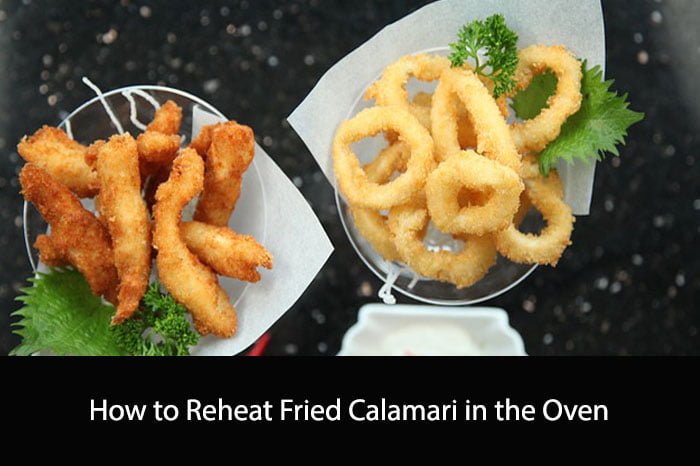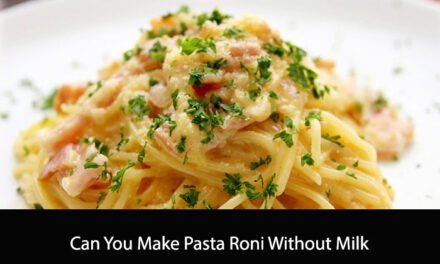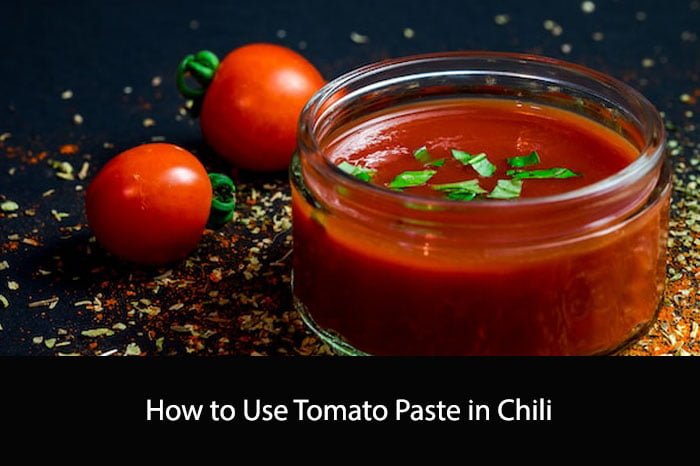The shimmering blue expanse of the ocean hides a complex web of life, where every creature plays a vital role in maintaining the delicate balance of the ecosystem. Among the myriad species that inhabit these waters, shrimp stand as a cornerstone of the marine food chain, connecting various trophic levels and serving as a crucial resource for both humans and other marine life. In this exploration, we delve into the intricate tapestry of the shrimp food chain, deciphering where humans fit into this intricate web of life.

Understanding the Shrimp Food Chain
At the heart of the oceanic world lies the concept of the food chain – a hierarchical sequence of organisms through which energy and nutrients flow. In the case of the shrimp food chain, this journey begins with microscopic phytoplankton, the primary producers that harness the sun’s energy through photosynthesis. As they form the foundation of the chain, their role is indispensable in sustaining the entire ecosystem.
The Journey Up the Chain: Zooplankton and Shrimp
Moving up the ladder of the food chain, we encounter zooplankton – the first consumers. These tiny organisms feast on phytoplankton, channeling the energy captured by the latter into their own growth. Zooplankton play a vital role in transferring energy from primary producers to higher trophic levels.
It is here that shrimp make their entrance onto the scene. As secondary consumers, shrimp play an essential role in the food chain by predating on zooplankton. With an array of species and sizes, shrimp occupy various niches within the chain, from filter-feeding on small particles to hunting actively for prey. Their place in the chain highlights their importance in the overall health of the ecosystem.
The Human Connection
As we ascend the shrimp food chain, a curious link emerges: the connection between humans and this aquatic ballet. For generations, humans have harnessed the bounty of the ocean, with shrimp serving as one of the prized catches. Our role in the shrimp food chain goes beyond that of an observer; it’s an active, transformative role that shapes the very dynamics of the ecosystem.
Human activities, such as fishing and aquaculture, impact the shrimp food chain in significant ways. Overfishing, driven by the demand for shrimp, can lead to a decline in shrimp populations, disrupting the natural balance of the chain. Aquaculture, while providing a controlled environment for shrimp production, also raises concerns about the quality of water and the introduction of non-native species into natural ecosystems.
Ecosystem Ripple Effects
The interplay between humans and the shrimp food chain extends its influence far beyond the surface. Disruptions in the food chain can trigger a series of cascading effects throughout the marine ecosystem. Reduced shrimp populations can affect the abundance of predators that depend on them, leading to shifts in predator-prey relationships. Additionally, the decline of phytoplankton-eating zooplankton due to overfishing could lead to unchecked phytoplankton growth, potentially leading to harmful algal blooms.
A Call for Conservation and Sustainability
Understanding our role in the shrimp food chain comes with a responsibility to preserve the delicate balance that sustains life in the oceans. The future of the shrimp food chain depends on our collective efforts to adopt sustainable fishing practices, minimize overfishing, and reduce the environmental impact of shrimp aquaculture. By safeguarding the health of the shrimp population, we ensure the stability of the entire marine ecosystem.
Looking Ahead
As we peer into the future, we are faced with questions about the potential impacts of climate change on the shrimp food chain. Rising sea temperatures, ocean acidification, and changing currents could reshape the distribution and behavior of species at every level of the chain. Our understanding of these dynamics will be essential in predicting and mitigating potential disruptions.
In conclusion, the shrimp food chain is a symphony of life where humans play an integral part. Our actions reverberate through the delicate balance of this ecosystem, from the depths of the ocean to our dinner plates. By recognizing our role, embracing sustainable practices, and supporting conservation efforts, we ensure that the shrimp food chain continues to thrive for generations to come. After all, the beauty and resilience of the ocean are inextricably linked to our own actions and choices.





